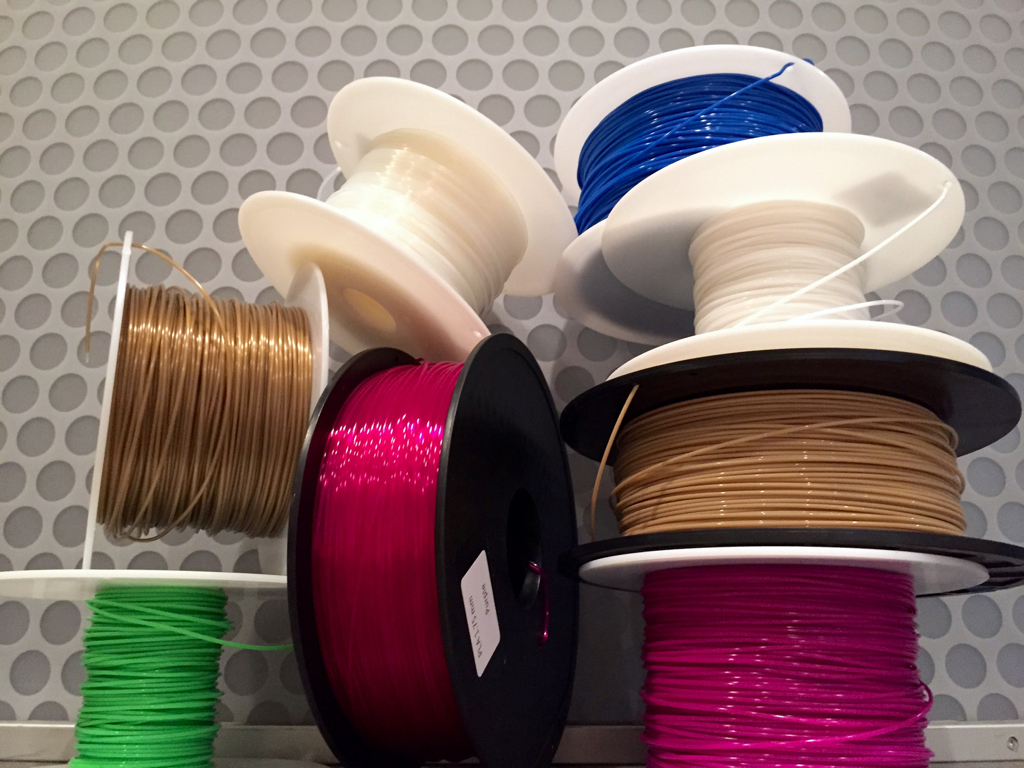
In the beginning it was 3.0mm filament for 3D printers, but then things switched to 1.75mm filament. Was this a good idea?
Today if you go to any 3D printer filament store, you’ll usually find two options for filament size: 3.00 or 1.75mm diameter. There’s a bit of history here to review.
When 3D printers first emerged, a problem was sourcing plastic filament for use in them. At the time, plastic welding filament was the commonly available industrial product most matching the technical requirements of 3D printing. Thus it was used frequently because it was available. And it most often came in 3.00mm diameter size. Many 3D printers of several years ago used this size of plastic filament only.
But then a few short years ago we started seeing the emergence of 1.75mm filament. This provided a few advantages over 3.00mm filament.
The larger-sized filament is obviously stronger. This meant that it was subject to cracking if put under stress, such as following a curved path through a 3D printer to a hot end. There are few things worse in the world than having to pick 38 small curved pieces of broken 3.00mm filament out of a plastic tube.
This problem was especially prevalent when getting to the end of a spool, when the inherent curve of the filament was strongest. Sometimes this would cause extra friction along the filament path, leading to printing issues.
Meanwhile, 1.75mm filament is much more flexible and thus amenable to spooling and twisting through curved tubes towards an extruder and hot end.
Some would say the 1.75mm filament was better for producing detailed parts with smaller nozzle sizes, but we’re not so sure about that.
You’d think that 1.75mm would thus be the choice of the industry. Mostly it is, as almost every new 3D printer offers 1.75mm capability.
But here’s the most interesting coincidence. If you were to peruse the Internets to find the most highly touted personal 3D printers of the current day, you’d find something interesting.
From our observations, the brand name, non-RepRap 3D printers most raved about include: the Ultimaker 2, the LulzBot TAZ 5 and the Zortrax M200. We keep hearing people saying things like, “we sell these because they work”, “they never break”, “keeps on printing endlessly without error”, etc.
Guess what? All of these popular 3D printers DO NOT use 1.75mm filament. They use 3.00mm (or actually 2.85mm) filament. They use the larger size!
Is 1.75mm filament that much better? Perhaps not so.


1 comment
Comments are closed.